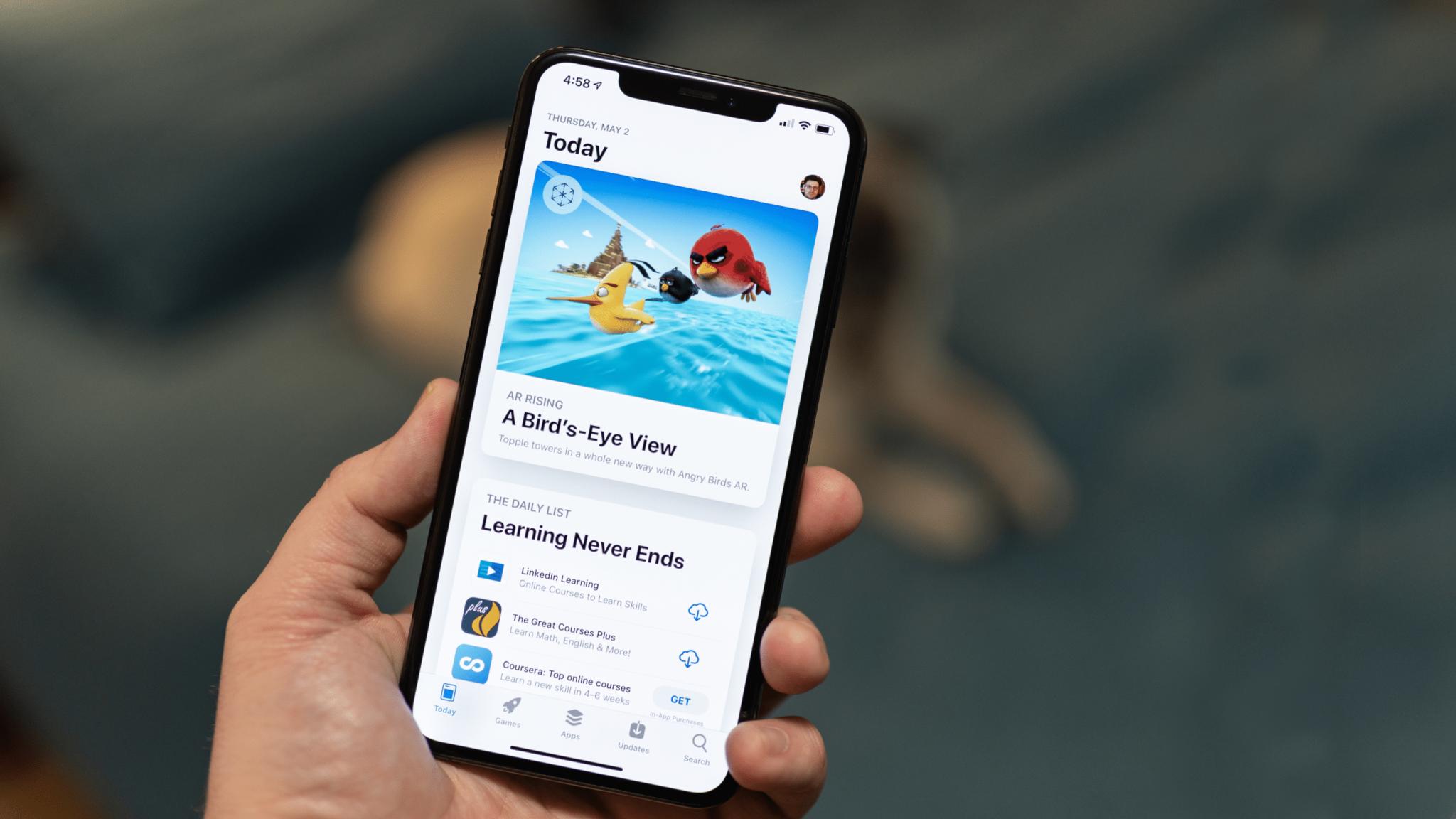
If there is one trend that has become obvious across the software and services landscape in recent years, it's the use of subscriptions. Independent developers and large services companies alike have chosen to ditch outright pricing in favor of the most elusive thing in the industry — recurring revenue. And while those who dislike the subscription pricing models that have become the norm might tell you it's a way for developers to cash in, new research shows that isn't necessarily the case at all.
Developers have long argued that moving to a subscription model is the only way that they can keep their businesses afloat in a world where people don't expect to have to pay for updates to new versions with better features. But research now shows that while some at the top of the pile are indeed making money, it's a matter of fact that subscription pricing isn't working for everyone.
In fact, figures show that the median monthly revenue that apps generate after their first 12 months of sale is a little less than $50. Further, the top 4% of apps generate 200x the revenue of the bottom quartile after the first year — something to perhaps consider the next time you consider complaining that an independent developer must be making millions from your $1.99 per month subscription.
A money-making nightmare
This is the worrying news put forth by a RevenueCat research paper picked up and reported on by TechCrunch. RevenueCat's client base is thought to be the largest collection of app developers outside of Google and Apple and the company helps those clients build their businesses on their chosen platforms. That means that these figures are all based across those platforms, and aren't specific to the iPhone or the App Store. But it does give us a good indication of where the app-making business is at right now, and it makes for grim reading at times.
For those that do find success, it begins with reaching $1,000 in monthly revenue for which RevenueCat's report says the median developer must wait 65 days. After that, getting to $5,000 takes 120 days with new milestones coming faster after that — a trend which suggests that those apps that do prove to be successful do it hand over fist, potentially thanks to viral marketing and similar exponential growth drivers.
However, the figures also show that only around 17% of apps will reach even $1,000 in monthly revenue. Further up the scale, just 3.5% of apps will reach $10,000 in monthly revenue, a figure that might be required for some to turn their independent project into a full-time business, TechCrunch notes.
In terms of success stories, health and fitness apps seem to be the most capable of making money, performing at least twice as well as all of the other categories Revenue tracked combined. Developers may want to steer away from travel and productivity apps, however, as they're the ones who find it more difficult to make a mark in terms of revenue.
A word on pricing, too. RevenueCat's figures show that the most common price for a monthly subscription is $9.99 per month. One-week subscriptions are most commonly $4.99 while annual subscriptions tend to charge at least $30. Lifetime subscriptions are discouraged, however, with Reid DeRamus, founder of Caddie, saying that "lifetime plans tend to severely under-monetize the most passionate, loyal subscribers, many of whom would happily pay for memberships as long as you’re in business."







